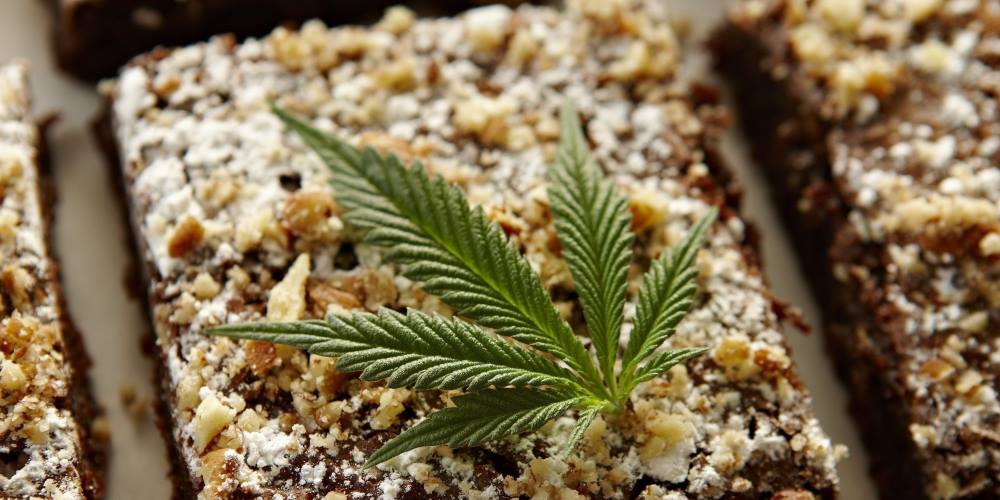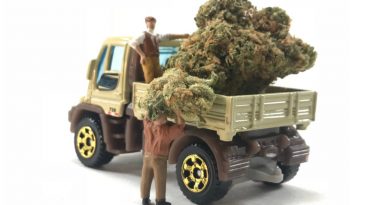Looks Matter: How Packaging Has Impacted the Marijuana Industry
Most people all across the world could close their eyes and picture the Coca Cola label. Sure, it is one of the most recognizable brands in the world, but a big part of that is due to marketing and packaging.
As the marijuana industry has grown, marketing and packaging have become a larger part of the successful business side of cannabis in the states where it is legal.
Cannabis retailers have additional considerations beyond those of other businesses when it comes to packaging, because there are strict regulations in place that they have to follow.
Packaging Has Impacted the Marijuana Industry: Rules and Regulations
Everything from the thickness of the plastic to the imagery and messaging on the package has to follow specific laws. There are rules regarding the warnings that must be on the label and information that must be on all marijuana products.
In Washington, any marijuana product has to have a label with an inventory ID number from the state and information similar to what is found on a nutritional label. This information includes the date of harvest, net weight of the product and concentration of active THC and CBD.
For edibles, the products must also list all ingredients, allergens, the date the product was manufactured and a best-by date.
Setting a Tone
Legislation aside, packaging helps to set the tone of a brand. Charity Cox, co-founder of the marijuana brand Winterlife, told Bloomberg how marijuana branding is part of a larger strategy.
“There’s a place for the tie-dye, and there are people who really love that,” Cox said. “But if we really want people to see this as an alternative to alcohol or just another way to kick back and relax, you can’t just focus on what has been.”
Packaging design for marijuana is a varied as the many strains and usage options. Some companies go bold, others are more minimalistic. There are some packages that are designed to minimize the marijuana aspect, favoring a more incognito package.
Cannabis marketing may be fairly new, but there are already agencies that focus specifically on the industry. Cannabrand in Denver is one such marketing agency. Its co-chief executive, Olivia Mannix, told Bloomberg how marketing weed has already evolved.
Mannix explained that in the beginning, it was difficult to get clients on board since marketers did not yet have marijuana experience. Then many marijuana companies did not believe that marketing was necessary to get sales.
But as the cannabis industry expanded, it became harder for brands to stand out in the competitive space. That’s where marketing and unique packaging design has helped marijuana companies attract new customers.
Inside a marijuana shop, the products are cased in glass, so packaging can be the difference in getting a customer to notice one brand over another.
Packaging also helps marijuana become more palatable to new users. For many marijuana companies, the goal is to get people to stop seeing marijuana as a hard drug and start realizing that it can be another recreational activity, much like drinking wine.
Since legal marijuana is still so new, packaging can help establish the cannabis industry away from the stoner stereotype and into the mainstream of consumer goods.




